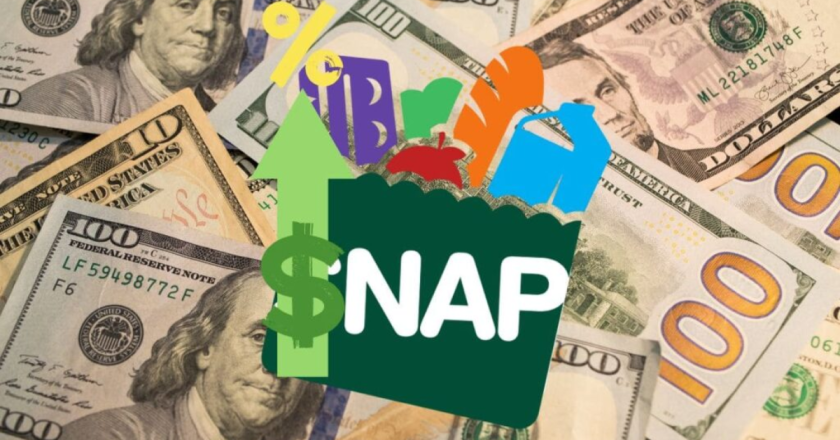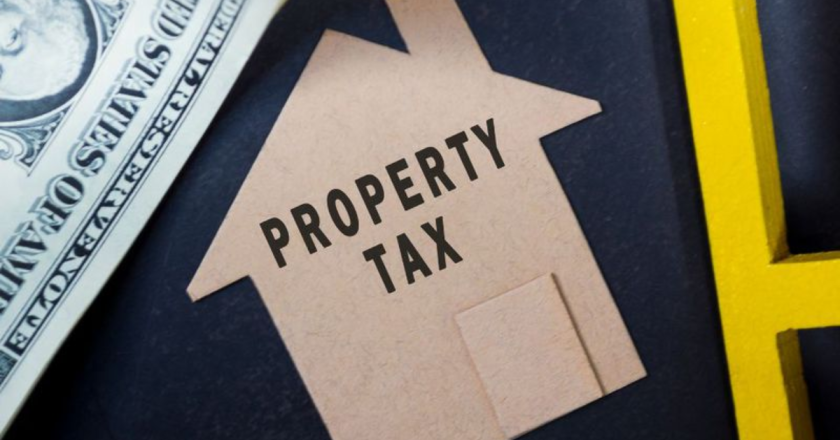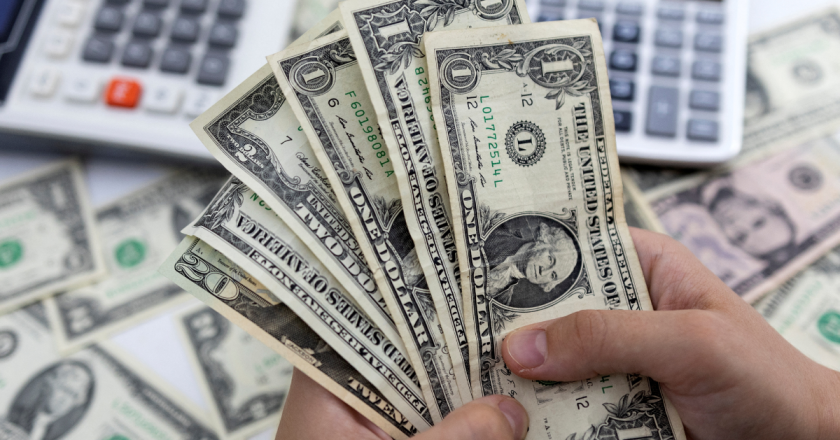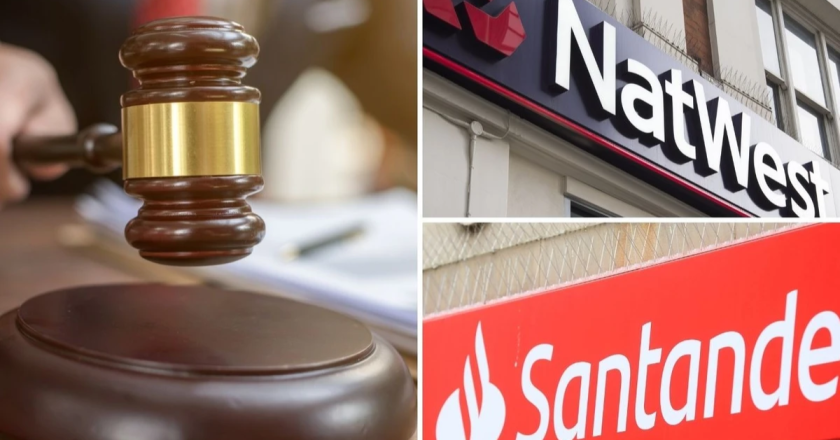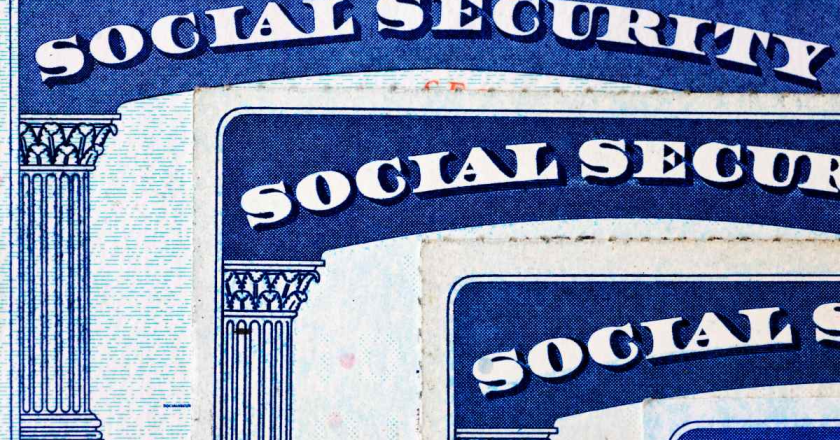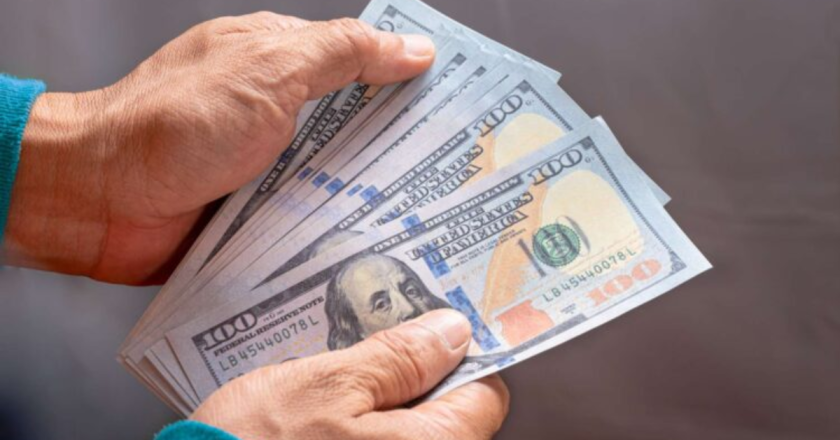Big Changes Coming to 401(k) Plans in 2025: What to Expect
Significant updates to 401(k) plans are on the horizon for 2025, with new provisions set to enhance retirement savings for many workers. These changes aim to make retirement plans more accessible and beneficial for individuals, particularly older workers nearing retirement. The new legislation, known as the SECURE 2.0 Act, introduces updates that will affect how individuals can contribute to their 401(k) and manage their savings.
Catch-Up Contributions for Older Workers
One of the most significant changes under the SECURE 2.0 Act pertains to catch-up contributions. Workers aged 50 and older currently have the option to make catch-up contributions beyond the standard contribution limits. Starting in 2025, those aged 60 to 63 will see an increase in their catch-up contribution limits, ...


